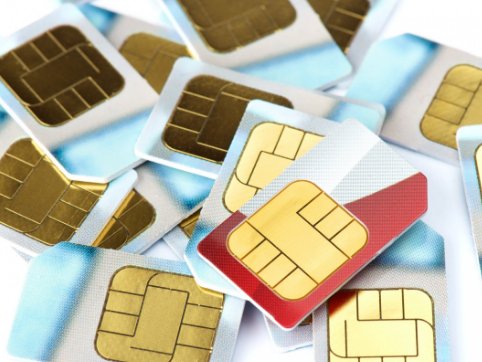A routine day in Noida turned into a nightmare when Jyotsana received a WhatsApp call from an unknown number. The caller, posing as a mobile network executive, offered to activate an embedded SIM (eSIM) to secure her number if her phone was lost. The caller also assured that a physical SIM would arrive in two to three working days. Trusting the caller, she shared a code via SMS.
Three days later, no SIM card arrived. She was advised to get a duplicate SIM when she contacted her provider. Upon reactivating her number, she discovered she had been scammed—her fixed deposit vanished, two bank accounts emptied, and a car loan of Rs 7.4 lakh taken in her name. By the time she filed a police complaint, the money was gone.
Similarly, in Mumbai, a businessman lost Rs 7.5 crore when cybercriminals convinced his telecom provider to link his number to a SIM they controlled, intercepting one-time passwords (OTPs) and draining his account. He immediately called the cybercrime helpline, 1930, enabling authorities to freeze Rs 4.65 crore before it was transferred.
“Cybercriminals are constantly evolving. Awareness and caution are the best defense,” said Tushar Sharma, cyber expert and co-founder of TOFEE, which helped a renowned newspaper compile a guide on SIM scams.
Also Read: Pakistan releases 22 Indian fishermen from Karachi jail
Here are the types of SIM scams.
- SIM block scam: A fake message claims a SIM will be blocked unless details are verified or a fee is paid, often leading to stolen personal data.
- SIM swap fraud: Criminals use phishing or stolen data to impersonate victims and request a SIM replacement, gaining access to calls, messages, and OTPs.
- SIM cloning: Fraudsters duplicate a SIM to intercept calls, messages, and OTPs, sometimes using it for illegal activities.
- Fake KYC scam: Scammers pose as telecom agents, claiming Aadhaar, PAN, or KYC details need updating, tricking victims into sharing sensitive information.
How to Spot a SIM Scam
- Sudden SIM deactivation: Unexpected loss of network may mean scammers have hijacked the number.
- Unfamiliar bank alerts: OTPs or transactions for unknown services may signal fraud.
- Suspicious messages: Requests for KYC updates, Aadhaar, PAN, or OTPs from unknown sources should be ignored.






































